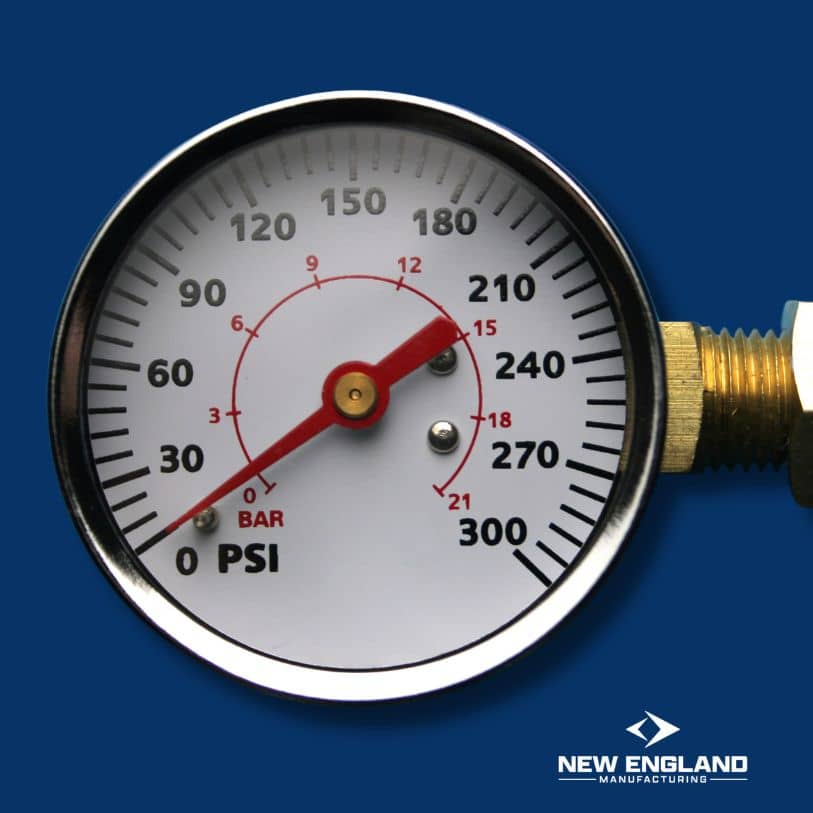Choosing Reliable Equipment for Fire Hydrant Testing
When it comes to ensuring the safety and efficiency of our communities, nothing is more critical than a reliable fire hydrant system. Fire hydrants are crucial in controlling and extinguishing fires, prioritizing their proper maintenance and testing. However, choosing the right fire hydrant test equipment can be overwhelming, with many options available.
This guide will help you understand the key factors to consider when selecting fire hydrant test equipment to achieve accurate results and maintain the safety and integrity of your fire protection system.
Importance of Fire Hydrant Testing
Regular fire hydrant testing is essential for several reasons. It ensures that hydrants function correctly and deliver the necessary water pressure and flow rate during emergencies. Testing also helps identify potential issues that could compromise the hydrant’s performance, such as blockages, leaks, or valve malfunctions. By performing routine tests, you can prevent unexpected failures and maintain compliance with safety regulations.
Key Factors to Consider When Choosing Fire Hydrant Test Equipment
Accuracy and Reliability
Accuracy is paramount when testing fire hydrants. Accurate test results ensure that the hydrants can provide the required water flow and pressure during a fire emergency. Reliable equipment minimizes the risk of errors, providing consistent and dependable results.
When selecting fire hydrant test equipment, look for tools that offer precise measurements and have a proven track record of reliability. Digital gauges and flow meters are often preferred for their accuracy and ease of use. Ensure that the equipment is calibrated and certified to meet industry standards.
Ease of Use
Fire hydrant testing should be straightforward and efficient. Complicated or difficult-to-use equipment can lead to errors and wasted time. Therefore, choose equipment that is user-friendly and requires minimal training.
Consider features like clear digital displays, intuitive controls, and easy-to-read gauges. Lightweight and portable equipment can also make the testing process more manageable, especially when multiple hydrants need to be tested.
Durability and Longevity
Fire hydrant test equipment is an investment, and it’s essential to choose durable and long-lasting tools. Equipment that can withstand harsh weather conditions, rough handling, and frequent use will save you money in the long run.
Look for test equipment made from high-quality materials, such as stainless steel or heavy-duty plastics. Check for waterproof and dustproof ratings to ensure the equipment can perform reliably in various environments.
Compatibility with Existing Systems
Not all fire hydrant systems are the same. Therefore, it’s crucial to choose test equipment that is compatible with your specific hydrant models and system configurations.
Consult your hydrant manufacturer or a fire protection specialist to ensure that the test equipment you select will work seamlessly with your existing system. Some equipment may come with adapters or additional fittings to accommodate different hydrant types.
Data Recording and Analysis
Modern fire hydrant test equipment often includes features for data recording and analysis. These features can be incredibly beneficial for maintaining records, identifying trends, and ensuring compliance with safety regulations.
Look for equipment that can store test data and generate reports. Bluetooth or USB connectivity for transferring data to a computer or cloud storage can also be a valuable feature. Analyzing test results over time can help you identify patterns and address potential issues before they become serious problems.
Cost and Value
While it’s essential to consider the cost of fire hydrant test equipment, it’s equally important to evaluate the overall value. Cheaper equipment may save you money upfront, but it could cost more in the long run if it requires frequent repairs or replacements.
Balance your budget with the need for accuracy, reliability, and durability. Investing in high-quality equipment may have a higher initial cost, but it can provide better performance and last longer, offering better value over time.
Types of Fire Hydrant Test Equipment
Flow Meters
Flow meters measure the water flow rate from a hydrant, which is critical for determining the hydrant’s capacity to deliver water during an emergency. There are several types of flow meters available, including mechanical, ultrasonic, and electromagnetic.
Mechanical flow meters are durable and straightforward but may require regular maintenance. Ultrasonic and electromagnetic flow meters are more advanced, offering higher accuracy and less maintenance. Choose the type that best fits your needs and budget.
Pressure Gauges
Pressure gauges measure the water pressure at the hydrant, ensuring it meets the required standards. Analog pressure gauges are common, but digital pressure gauges are becoming increasingly popular due to their precision and ease of reading.
When selecting pressure gauges, consider the pressure range, accuracy, and ease of calibration. Ensure the gauges are compatible with your hydrant system and can withstand the pressures involved.
Pitot Tubes
Pitot tubes are used to measure the velocity of water flowing from a hydrant, which can then be used to calculate the flow rate. They are a cost-effective and straightforward tool for fire hydrant testing.
Pitot tubes require manual calculations, but some models come with built-in flow charts or digital displays to simplify the process. Ensure the pitot tube you choose is made from durable materials and is easy to use.
Hose Monster
The Hose Monster is a device designed to safely and accurately measure water flow from a fire hydrant. It dissipates the water’s energy, allowing for safe and controlled flow measurement.
This equipment is particularly useful for high-flow hydrants, as it can handle large volumes of water without causing damage or creating hazardous conditions. Ensure the Hose Monster you select is compatible with your hydrant system and meets your testing needs.
Data Loggers
Data loggers are used to record and store test data, which can be analyzed later. They are essential for maintaining accurate records and ensuring compliance with safety regulations.
Choose data loggers that are easy to use, with sufficient storage capacity and reliable data transfer options. Some data loggers offer real-time monitoring and alerts, which can be beneficial for immediate response to any issues detected during testing.
Conclusion
Choosing the best fire hydrant test equipment is crucial for ensuring the safety and effectiveness of your fire protection system. Accurate and reliable equipment helps identify potential issues, maintain compliance with safety regulations, and provide peace of mind that your hydrants will perform when needed.
When selecting fire hydrant test equipment, consider factors such as accuracy, ease of use, durability, compatibility, data recording, and cost. Investing in high-quality equipment from reputable manufacturers like New England Manufacturing can provide long-term benefits and reliable performance.
By carefully evaluating your options and choosing the right tools for the job, you can ensure that your fire hydrant system remains in optimal condition, ready to protect your community in case of an emergency. Regular testing and maintenance are essential components of a robust fire protection strategy, and the right equipment is the foundation of accurate and effective hydrant testing.
Visit New England Manufacturing at nemfg.com for more information on fire hydrant test equipment and to explore our range of high-quality tools.
Read More:
Fire Hydrant Flow Testing Techniques

Mark R.
With a strong foundation in industrial safety and fire protection systems, Mark R. specializes in creating clear, technical, and compliance-driven content. Writing for SafeTech Reports, he covers topics such as fire hydrant testing, PPE protocols, emergency procedures, and smart technology integration in safety systems. His work ensures that professionals stay informed on the latest regulations, best practices, and emerging trends in safety and infrastructure maintenance.
Get in touch
We usually respond within 24 hours
Need Reliable Water Flow Test Equipment?
For over 70 years, New England Manufacturing has been the trusted source for fire hydrant and water flow testing kits. From pitot gauge kits to custom test kits, we provide precision, durability, and expert calibration to meet your needs.
- Custom-built test kits
- High-quality pressure gauges
- Reliable calibration services


